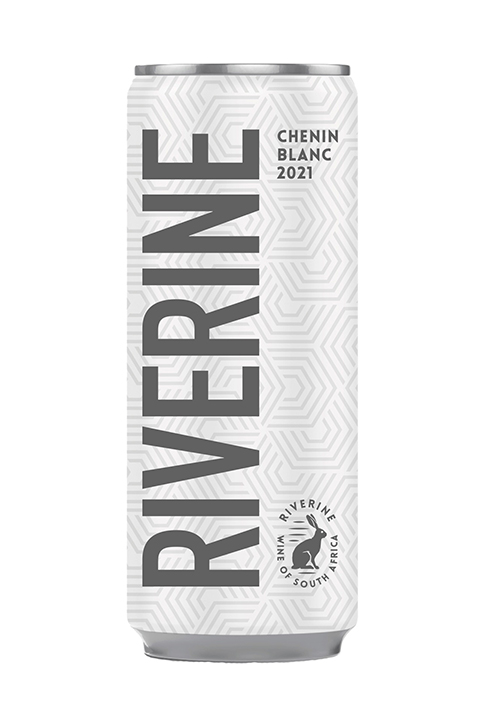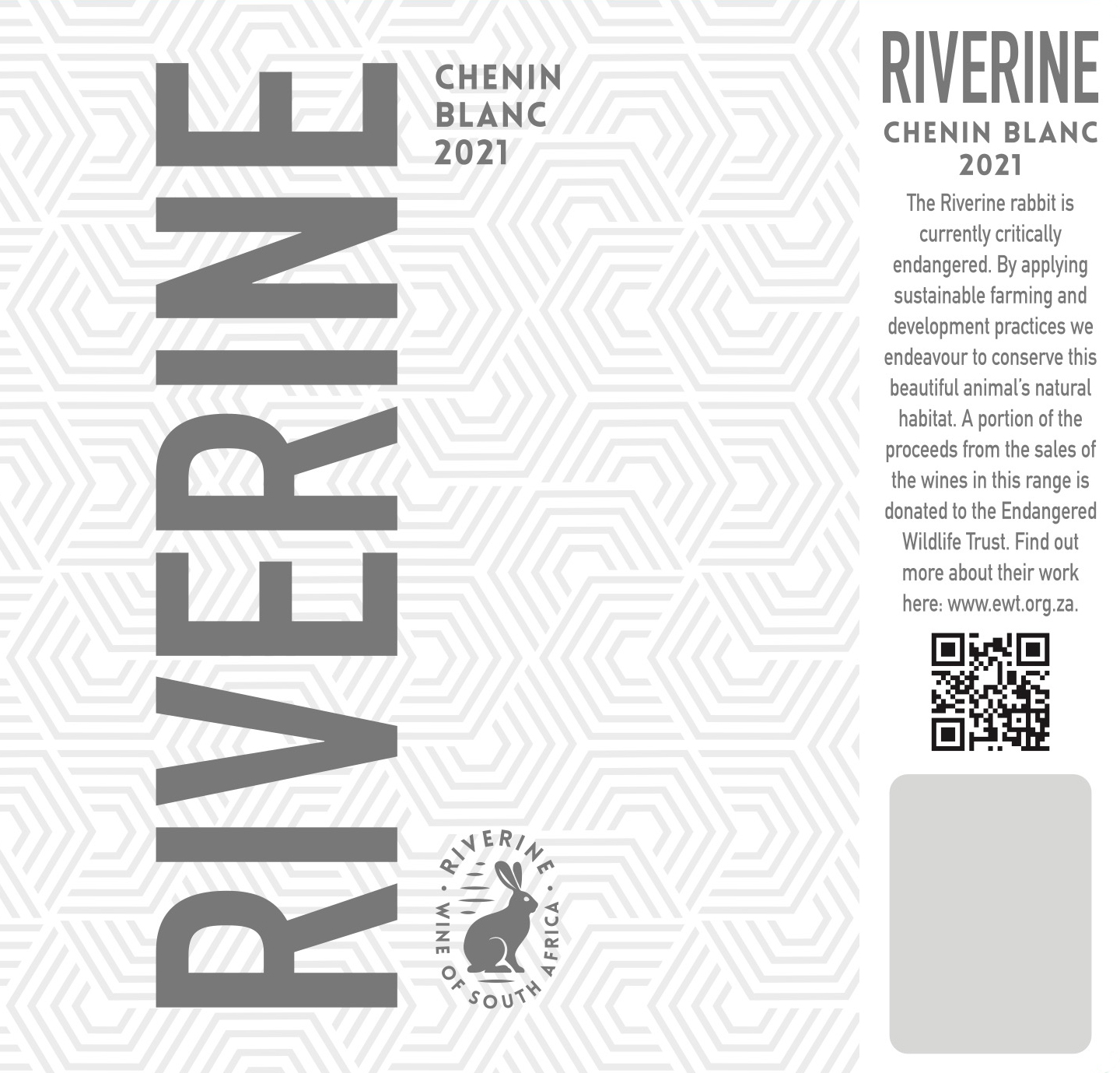Putting wine into a can is still a pretty new trend. Francois Haasbroek, the Riverine winemaker, sees it much in the same way other canned wine pioneers see it; canned wines just make sense. They’re portable, they’re easy to open, they’re easy to drink from. Plus, they’re immensely better for the environment (ever considered the carbon footprint of glass bottles?) But putting wine in a can does not mean that the wine is inherently poor quality – far from it. For Riverine, the wine remains the priority. They achieve this by sourcing excellent fruit from excellent vineyards, and lots and lots of time spent doing R&D on canned wine shelf-life stability. And since a portion of sales goes to protecting the Riverine Rabbit, what more could you want from your canned wine? Riverine’s Chenin Blanc is way ahead of its time. The fruit is sourced from 35+ year old Certified Old Vine Heritage vineyards from the Swartland, grown on soils of decomposed granite, shale, and koffieklip (an iron-rich sedimentary rock). The vines are dry-farmed, and vineyard practices are certified biodynamic.
The fruit was hand-harvested and whole-bunch pressed to stainless-steel where the juice was cold-settled overnight and then inoculated without any additions other than yeast at a cool 54-65ºF temperature, preserving much freshness. After a week the wine was racked off of the gross lees and hit with a very small sulfur addition then finished aging on the fine lees. After an additional six months the wine was canned directly from tank without fining and with a very coarse filtration and small sulfur addition. The total sulfur addition to the wine was 35ppm, which Francois felt was the right amount given the anaerobic state of the wine sitting in a can.



